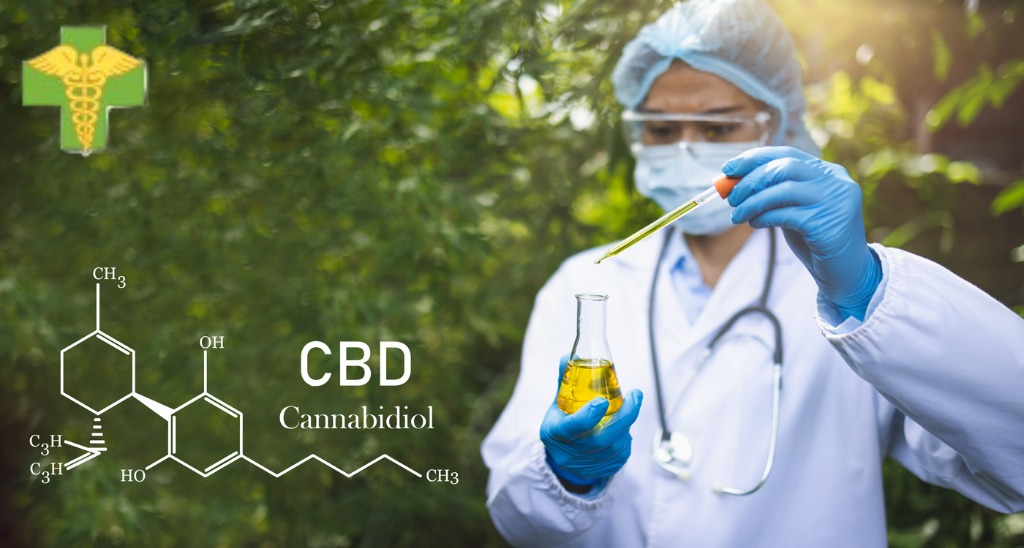The Environmental Essence of Cannabis Cultivation
Cannabis quality is not just a product of careful cultivation; it’s the outcome of a symphony played by soil, climate, and elevation. Each element in the environment where cannabis is grown has a profound impact on the plant’s development, potency, and therapeutic value, especially when it comes to medical marijuana (MMJ).
Soil Composition’s Effect on Cannabis Quality
The soil is the canvas on which the art of cannabis cultivation is painted. Rich, well-aerated, and pH-balanced soil is fundamental for healthy cannabis plants. It affects everything from root development to the efficiency of water uptake and, ultimately, the plant’s phytochemical profile.
Soil enriched with natural fertilizers can lead to robust plants with a higher quality of cannabinoids and terpenes, enhancing the desired therapeutic effects of MMJ.
Climate’s Crucial Role in Cannabis Quality
Cannabis plants are like sponges, absorbing the nuances of their regional climates. Temperature, humidity, and sunlight are critical in determining the growth cycle, yield, and cannabinoid synthesis. Cannabis thrives in conditions that strike a delicate balance: Enough warmth for growth, moderate humidity for resin production, and ample sunlight for photosynthesis, all contributing to the final quality of the cannabis harvest.
How Elevation Impacts Cannabis Quality
Elevation is an often-overlooked factor that can significantly impact cannabis potency. Higher altitudes can mean greater UV radiation exposure, which can lead to an increase in THC levels in cannabis plants. However, the challenges of temperature fluctuations and reduced oxygen levels also demand a careful approach to ensure plant health and optimal quality.
The environment is a pivotal player in cannabis quality. It sculpts the plant’s essence, influencing not just the yield but the quality of MMJ that patients depend on. Understanding these environmental factors is critical to cultivating cannabis that not only thrives but provides the desired therapeutic benefits.
Statements made regarding any products have not been evaluated by the Food and Drug Administration. The efficacy of these products has not been confirmed by FDA-approved research. These products are not intended to diagnose, treat, cure, or prevent any disease. Information presented here is not meant as a substitute for or an alternative to information from healthcare practitioners. Please consult your healthcare professional about potential interactions or other possible complications before using any product. The Federal Food, Drug and Cosmetic Act requires this notice.







